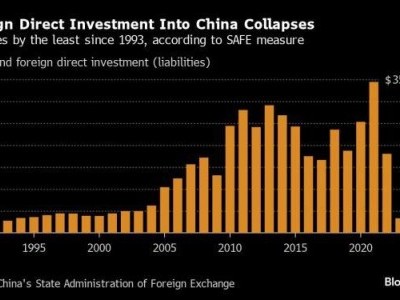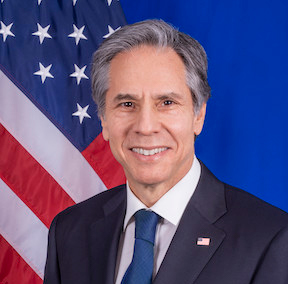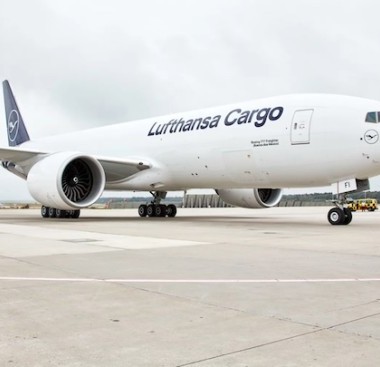Al Pierce’s April 18th speech in Seoul
May 07, 2000(Editor's note: This is the second installment of Mr. Pierce's April 18th speech in Seoul, Korea. The begining of Mr. Pierce's speech appeared in the May 1st issue of the AJOT.)
It is critical that no business, irrespective of industry sector, lose sight of or control over its costs. If that isn't the primary rule in today's global economy, it is certainly among the top two or three. The truth, for better or worse, is that container vessel space is a highly cyclical, volatile and perishable commodity that carriers have not until now been able to price very efficiently. At any given time carrier pricing and sales staffs face a number of considerations as they set ranges and negotiate freight rates. As I mentioned before, factors such as exchange rates... overall market demand... alternative sourcing options... shipment value for the commodity in question... service requirements... equipment availability... volume committed... and the customer relationship over time... all play a role in pricing.
And, of course, hanging over the transaction is the fact that empty space drops in value to zero at the time of sailing. The bottom line is that carriers have become, of necessity, far more precise in their pricing relative to both the level of service provided and the costs associated with that service across many countries.
All of the above factors vary from commodity to commodity, from shipper to shipper, and from sailing to sailing. Costs, however, are fixed. In the heat of the moment, amid the range of considerations I've described, it is easy for carriers to make concessions on rates and imagine they will make up the costs somewhere else, later. Or, just because fixed costs in a trade such as fuel, terminal charges or documentation rise unexpectedly, that does not necessarily mean that there is room at that exact point in time, given all of the other factors, to simply raise base rates by that amount.
The most obvious example of carriers' dilemma in this regard involves service contracts. Many cost elements increase suddenly rather than gradually - renegotiation of a terminal operator contract, for example; or a labor stoppage and congestion delays at one or more ports; or an OPEC action that raises fuel prices. The shipper negotiated a rate with an expectation that it will be locked in over the contract duration, yet the carrier cannot absorb a year's worth of steadily mounting losses.
Ancillary charges are intended to address such situations. Admittedly, they are not always a perfect solution. Shippers initially wanted these charges kept separate from base rates so they could more clearly see what extra costs were being passed through. They have at times sought greater transparency with regard to costs. More recently, some have asked that charges be folded into a single negotiable rate. No approach by carriers will be wholly satisfactory, as ancillary charges are, at the end of the day, an added cost to the shipper or consignee.
Beyond that, however, carriers recognize that while they have vastly different operational considerations and internal economics, setting vastly different charges would complicate the pricing process for shippers and create competitive advantages and disadvantages that would outweigh the cost recovery benefits.
Terminal handling and CFS charges, for example, are meant to recover at least a portion of rising costs incurred by the cargo from the time of discharge from the vessel to the time the shipment leaves the container yard or container freight station. We calculate these charges separately for each market, by asking a local carrier committee in each origin country to review costs on a regular basis and recommend adjustments as warranted.
In markets like Singapore and Manila it is a fairly straightforward process, involving a public port authority with a public tariff of charges. By contrast, Hong Kong container terminals are
Similar Stories

Top cocoa grower seeks to avoid export defaults after price hike
View Article
TikTok ultimatum makes US firms a target for China retaliation
View ArticleBiden-Harris Administration announces preliminary terms with Micron to onshore leading-edge memory chip production in U.S.
• U.S. Department of Commerce proposes up to roughly $6.14 billion for Micron to expand domestic DRAM chip production in Idaho and New York • Micron’s full vision would create…
View ArticleUS sanctions Iran-linked ships, firms, people over drone program
The US sanctioned more than a dozen Iranian ships, people and companies linked to the country’s drone program, the latest in a push to punish Tehran over its April 13…
View Article
Dollar wrecking ball forces investors to seek cover in exporters
View Article
Blinken raises US concerns on unfair trade practices in China
View ArticleGet the most up-to-date trending news!
SubscribeIndustry updates and weekly newsletter direct to your inbox!





